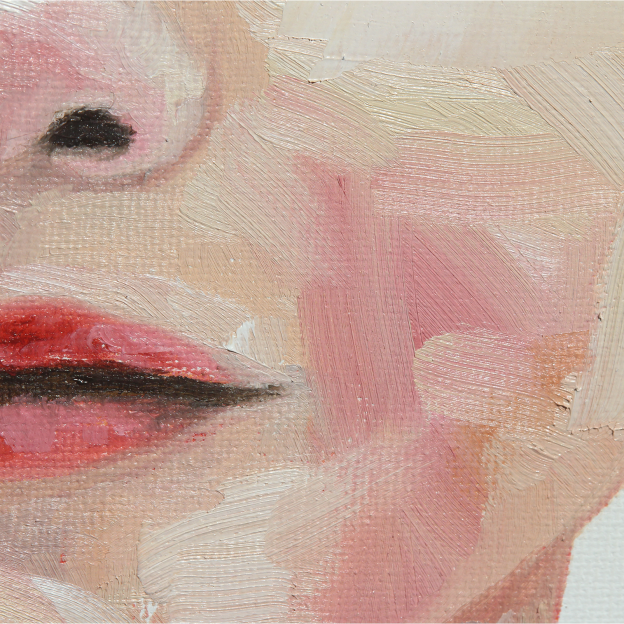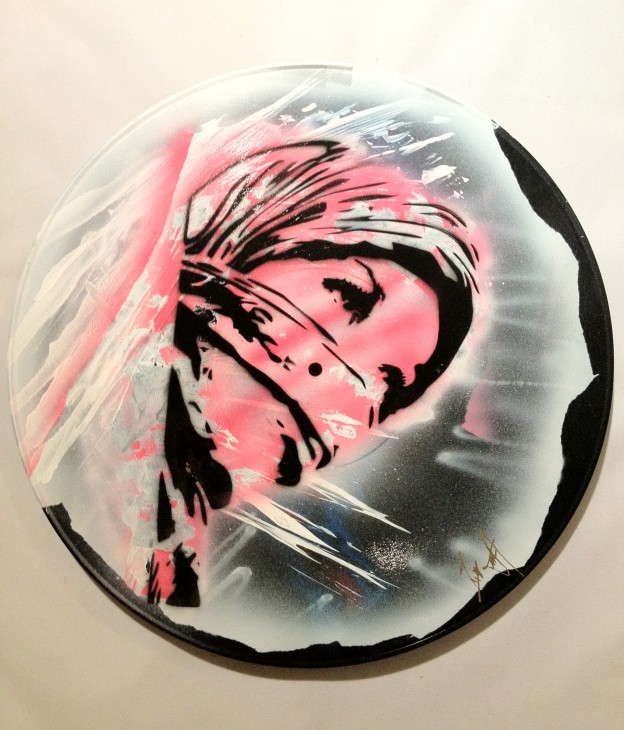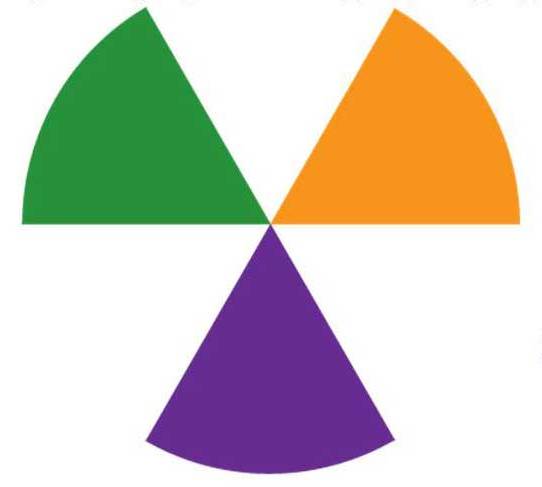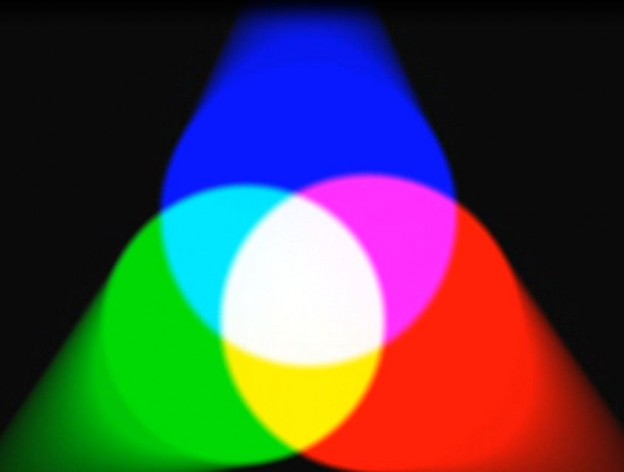Tag: how to draw
-

How to paint portraits – Free Tips and Tricks for How to paint
Learning to paint portraits is awesome! There are many different ways to paint portraits and no wrong way. It’s art so it’s your interpretation of a person, dog or other pet. Although there are no definitive rules many would say there are some good guidelines you should consider before trying to paint a portrait. Here […]
-

Vanishing Lines in Perspective
Vanishing lines are imaginary lines used to create accurate perspective in a painting. They are drawn on the top and bottom horizontal edges of an object, along the object and then extended all the way to the horizon line. For instance on a building, there would be a vanishing line along the top of the roof […]
-

The Horizon Line in Perspective
Horizon line is a confusing perspective term because when you hear it, you tend to immediately think of “the horizon” we see in nature. That is, the horizon as in the line where the land or sea meets the sky in the distance. In a painting, the horizon line might be this if you’re painting a landscape, […]
-

Absolute Beginners to Painting: 16 Commonly Asked Questions
By Marion Boddy-Evans Looking at a great painting it can be hard to remember that every artist was an absolute beginner at some stage. But it’s true, no-one is born with a paint brush in their hand, everyone learned from scratch at some stage. This list of commonly asked questions will help you get started on […]
-

How to Sign a Painting
Adding your signature to a painting is like adding a stamp to it that reads “finished”. It’s a sign that you’re satisfied with the painting and no longer consider it a work in progress. Is It Really Necessary to Sign a Painting? It’s not a legal requirement, but if you don’t add your name to […]
-

Amateur vs Professional Artist
After visiting two art exhibitions, one put on by my local art club and the other by a group of professional artists, I realized that whilst the amateur show had many ‘nice’ paintings, and showed a high level of painting ability, the professional show had many more paintings that had that ‘wow’ factor that made […]
-

Elements of Composition: Balance
By Marion Boddy-Evans Balance is one of the easier Elements of Composition to see, and you’ll soon discover whether your natural inclination is towards a perfectly balanced or symmetrical composition or an unbalanced, asymmetrical one. It’s not that one is better than the other, but whichever you choose as the underlying component of your composition has an impact on […]
-

Mixing vs Buying Ready-Made Colors
Color mixing gives you a range of colors with a minimum number of tubes of paint (very useful when painting outside your studio). If you’re using a lot of a certain color, you’ll probably decide it’s easier to buy it in a tube rather than mix it up again and again. But you’ll find that […]
-

Secondary Colors
Secondary colors are made by mixing two primary colors together: red and yellow to get orange, yellow and blue to get green, or red and blue to get purple. The secondary color you get depends on the proportions in which you mix the two primaries. If you mix three primary colors together, you get a […]
-

Color Theory Lesson: The Three Primaries
In color mixing for painting, the fundamental rule is that there are three colors that cannot be made by mixing other colors together. These three, red, blue, and yellow, are known as the primary colors. What Happens When You Mix Primary Colors? If you mix two primaries together, you create what is called a secondary […]